To fully understand how damage mechanics work in Pokémon Go, one must first comprehend each of the following components:
- Pokemon GO’s Damage Formula and it’s components
- Floor Function
- Move Power
- Attack and Defense
- STAB (Same Type Attack Bonus)
- Type Effectiveness
- Stacking Effectiveness
- Double Weakness
- Double Resistance
Pokemon GO’s Damage Formula
Floor(½ x Power x Atk/Def x STAB x Effectiveness) + 1
This formula, first discovered by Reddit User Qmike, demonstrates how damage is calculated during the combat phase. However, to better understand it, one first has to fully comprehend its various components.
Floor Function (Flooring)
Before diving into the actual formula, one should know that about the Floor function. The Floor function basically rounds down an number in a formula. Any reference to +1, as in Floor()+1, simply means that any attack is guaranteed a minimum damage of 1, hence why Slaking‘s fast move (0 Power + 1 = 1) deals very little damage.
Flooring benefits especially faster attacks simply since +1 will represent a bigger portion of the attack’s damage. For instance, Tyranitar’s damage output would be as follows:
| Pokémon | Power | Cooldown | DPS |
| Bite | 6 | 0.5 | 20.00 |
| Iron Tail | 15 | 1.1 | 17.27 |
In this example, Bite has a shorter cooldown than Iron Tail and therefore has a higher DPS.
Power
Power and cooldown (as demonstrated above) are the two main components affecting an attack’s damage output. In the event that two Pokémons are equally matched in terms of their levels, the formula ½Power + 1 will provide an excellent estimation of the actual damage output. For example, a combat between a Level 15 Tyranitar and Level 15 Dragonite would be illustrated as follows:
| Pokémon | Move | Power | Damage |
| Tyranitar | Bite | 6 | 4 |
| Dragonite | Dragon Tail | 15 | 8 |
Attack and Defense
In the damage formula above, an Attacker’s current attack as well as a Defenser’s current defense will determine the formula’s Attack and Defense. The two components are directly determined by the Pokémon’s base attribute, Individual Values (IV) and CP multiplier (which is codependent on the Pokémon’s level), as indicated below.
- Attack = (Base Attack + Attack IV) x CP Multiplier
- Defense = (Base Defense + Defense IV) x CP Multiplier
For example, a level 25 Pokémon’s CP Multiplier is 2/3 of its base attributes and IV. At this level, a Pokémon will deal 25% more damage than it did at level 16.
The same concept applies to Defense. A level 16 Pokémon would receive 33% less damage that it would at level 9. Hence the importance of powering your Pokémons wisely.
STAB (Same Type Attack Bonus)
Pokémons with attacks from the same type as the Pokémon itself will benefit from a STAB bonus of 1.20. Using once again Tyranitar, a Dark and Rock dual type Pokémon, will benefit from STAB on Bite and/or Crunch as both of these attacks benefit from the same typing as Tyranitar itself, Dark type.
Type Effectiveness
Basically, each Pokémon has a different type and a Pokémon’s type will determine its attack’s effectiveness against another Pokémon during combat, as per the chart below.

Red : Not very effective
Maroon (darker) : Immune
Stacking Effectiveness
When attacking dual types Pokémons, an Attacker can benefit from multiple bonuses. For example, Charizard is double weak to Rock since both type and Fire type are weak to Rock type attacks. As a result, Rock type attacks will benefit from two stacked Super Effective multipliers (x1.4×1.4=x1.96) when released against Charizard due to its double weakness.
Double Weakness
The following dual type Pokémons are double weak against the attack type listed next to them. This implies that the attack types listed below will benefit from an additional x1.96 multiplier (as demonstrated above) when used against the Pokémons listed next to them.
| Attack Type | Double Weak Pokémon |
| Rock |
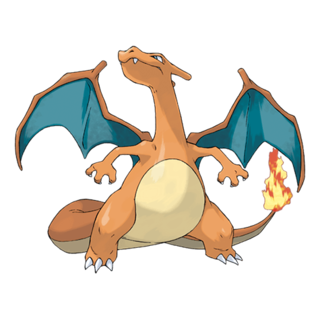 Charizard
Charizard
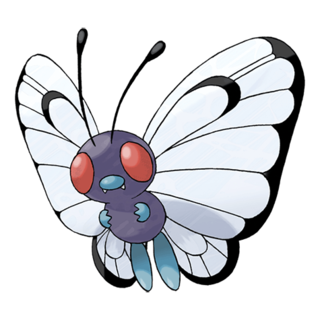 Butterfree
Butterfree
 Scyther
Scyther
 Articuno
Articuno
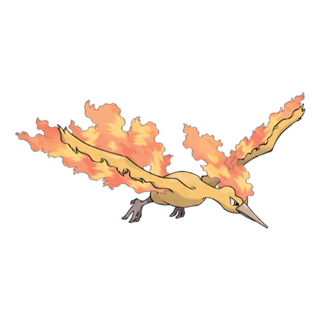 Moltres
Moltres
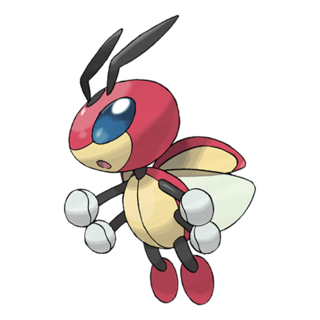 Ledian
Ledian
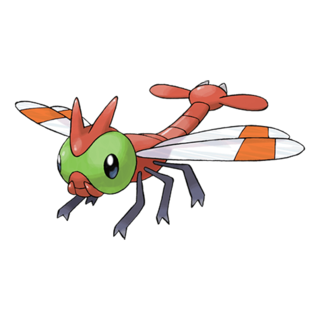 Yanma
Yanma
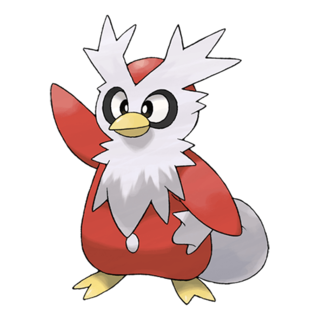 Delibird
Delibird
|
| Ice |
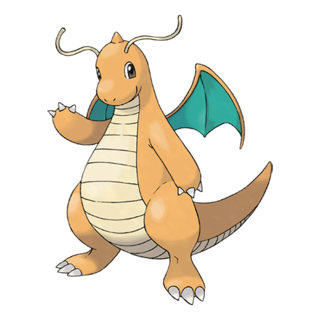 Dragonite
Dragonite
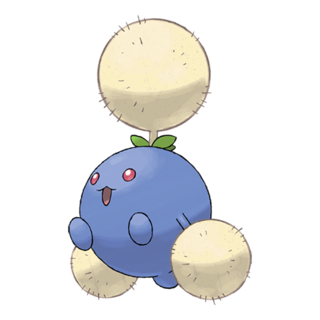 Jumpluff
Jumpluff
|
| Electric |
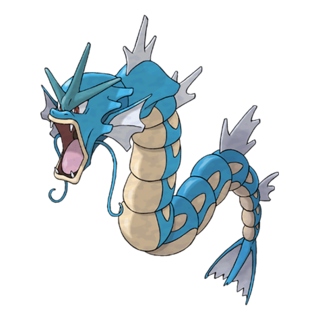 Gyarados
Gyarados
 Mantine
Mantine
|
| Bug |
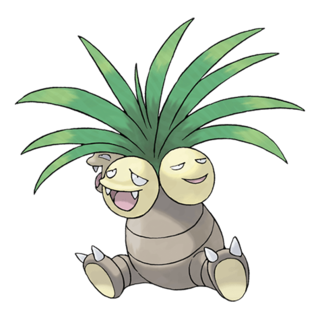 Exeggutor
Exeggutor
|
| Ground |
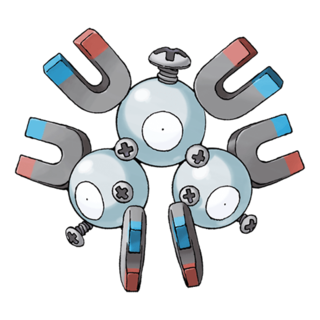 Magneton
Magneton
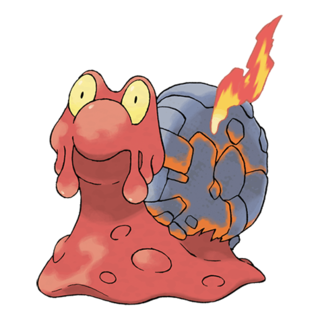 Magcargo
Magcargo
|
| Fighting |
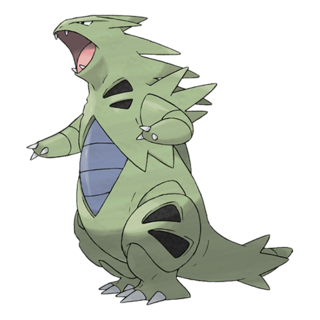 Tyranitar
Tyranitar
|
| Fire |
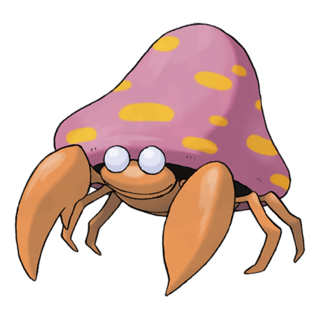 Parasect
Parasect
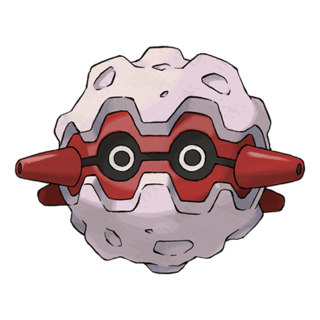 Forretress
Forretress
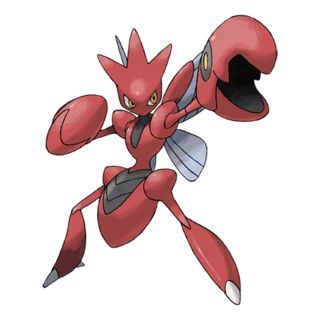 Scizor
Scizor
|
 Parasect
Parasect
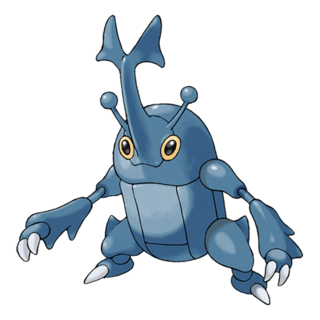 Heracross
Heracross
|
|
| Water |
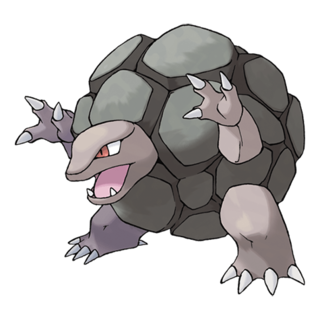 Golem
Golem
 Rhydon
Rhydon
 Magcargo
Magcargo
|
| Grass |
 Golem
Golem
 Rhydon
Rhydon
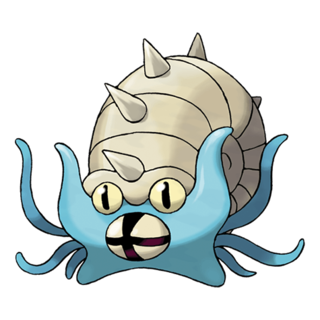 Omastar
Omastar
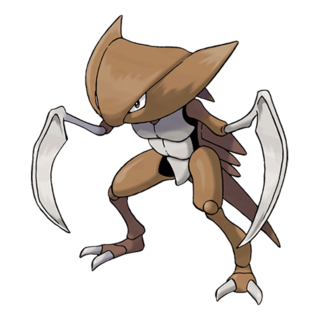 Kabutops
Kabutops
 Quagsire
Quagsire
 Corsola
Corsola
|
Double Resistance
Double Resistance refers to a Pokémon receiving a damage reduction of x0.71, based on its dual type, when taking damage from specific move types. The following dual type Pokémons therefore have a double resistance when taking damage from the attack type listed next to them below.
| Attack Type | Double Resistance Pokémon |
| Ice |
 Dewgong
Dewgong
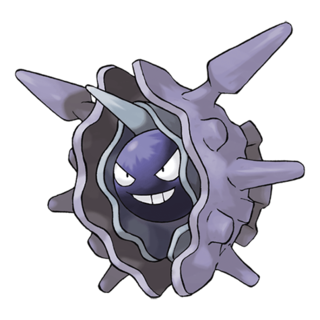 Cloyster
Cloyster
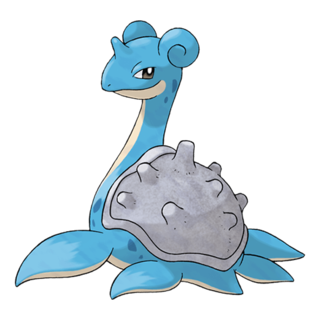 Lapras
Lapras
|
| Bug |
 Charizard
Charizard
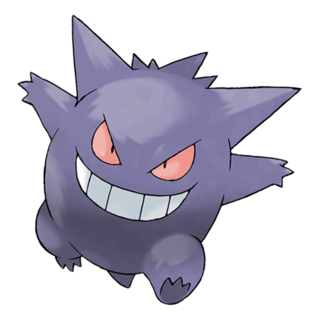 Gengar
Gengar
 Moltres
Moltres
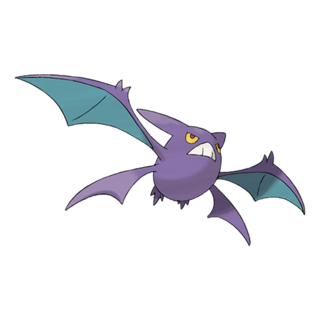 Crobat
Crobat
 Togetic
Togetic
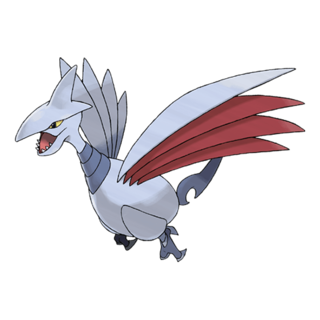 Skarmory
Skarmory
|
| Ground |
 Butterfree
Butterfree
 Parasect
Parasect
 Scyther
Scyther
 Jumpluff
Jumpluff
|
| Fighting |
 Butterfree
Butterfree
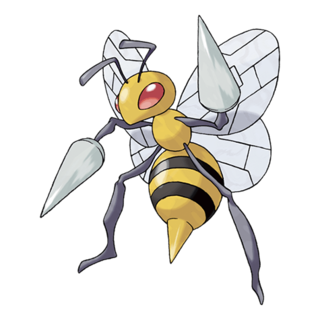 Beedrill
Beedrill
 Venomoth
Venomoth
 Gengar
Gengar
 Scyther
Scyther
 Crobat
Crobat
 Togetic
Togetic
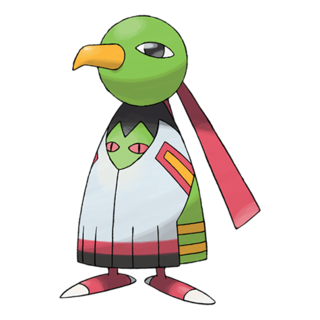 Xatu
Xatu
|
| Fire |
 Omastar
Omastar
 Kabutops
Kabutops
 Magcargo
Magcargo
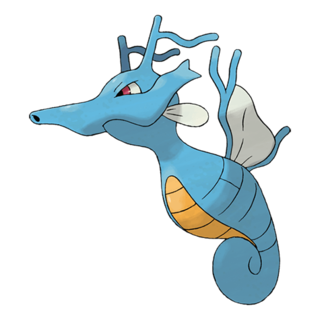 Kingdra
Kingdra
|
 Magneton
Magneton
|
|
| Steel |
 Magneton
Magneton
 Lanturn
Lanturn
|
| Grass |
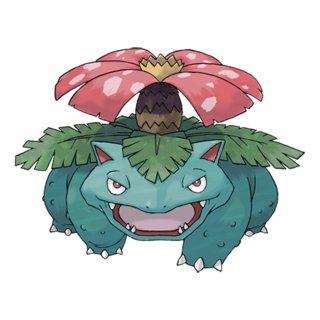 Venusaur
Venusaur
 Charizard
Charizard
 Butterfree
Butterfree
 Beedrill
Beedrill
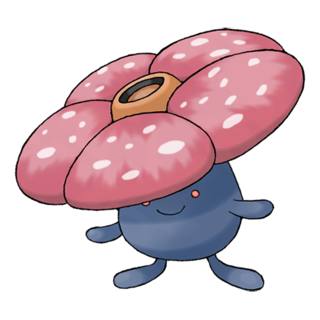 Vileplume
Vileplume
 Venomoth
Venomoth
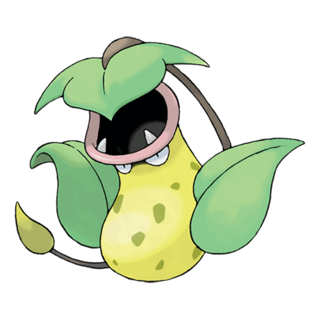 Victreebel
Victreebel
 Scyther
Scyther
 Moltres
Moltres
 Dragonite
Dragonite
 Ledian
Ledian
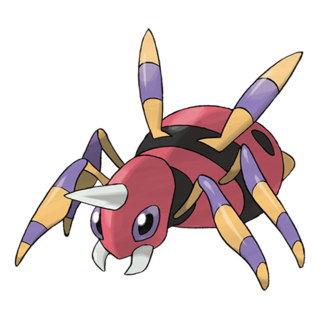 Ariados
Ariados
 Crobat
Crobat
 Jumpluff
Jumpluff
 Yanma
Yanma
 Forretress
Forretress
 Scizor
Scizor
 Skarmory
Skarmory
|
| Poison |
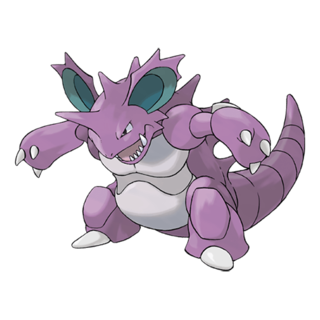 Nidoking
Nidoking
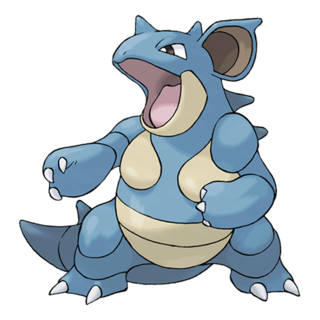 Nidoqueen
Nidoqueen
 Golem
Golem
 Gengar
Gengar
 Rhydon
Rhydon
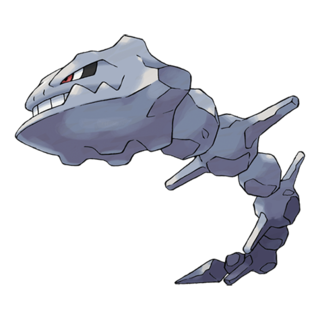 Steelix
Steelix
|

